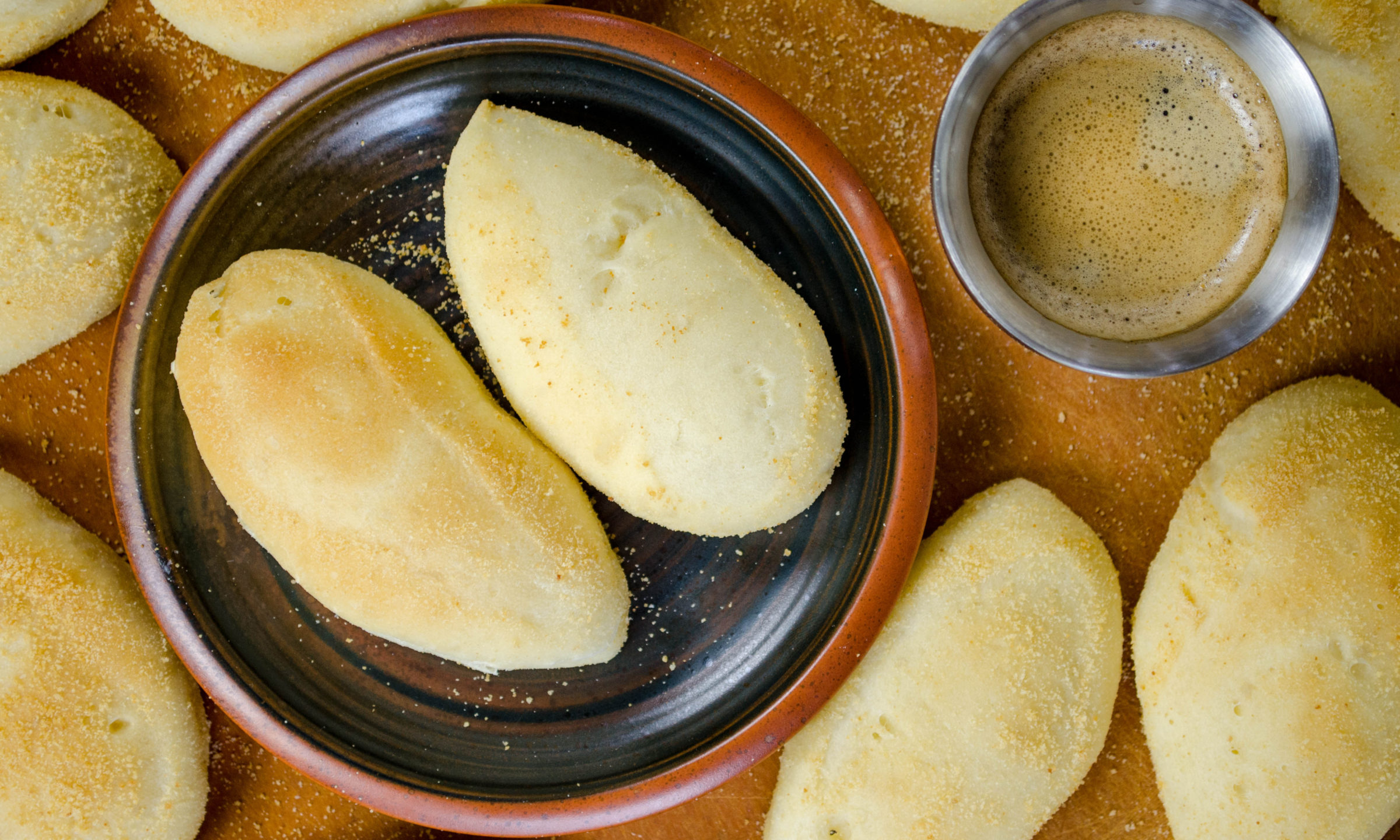Quiche with a Sweet Potato Crust
| Servings: | 6 |
| Time to Cook: | 60 |
| Time to Prepare: | 30 |

Pandesal (Filipino bread rolls) are crispy on the outside and wonderfully soft on the inside. This recipe is fairly simple but there are lots of notes on flour, yeast, shaping methods and baking techniques if you’re looking for a deeper understanding of these tasty bread rolls.
NOTE: Extensive notes on variations and troubleshooting are given in the main body of this recipe post on Diversivore. For more
information on the notes below (and others), we encourage you to visit Diversivore.com.
Yeast – Substitute 18g (0.6 oz) fresh yeast, or 1.5 tsp instant yeast. If you use instant yeast, you can skip the blooming step and just mix it directly into the dough.
Flour variations – I use Canadian all-purpose flour, which is high in protein and closer to bread flour in many other places. Depending on where you live, you may want to try a mix of all-purpose (plain) flour and hard/bread flour.
Hand-kneading – To make the dough without a stand mixer, mix the dry ingredients into the wet a little at a time, stirring with a heavy spoon. Once you’ve roughly combined the dough, turn it out on a lightly floured surface, then fold/knead vigorously for about 5-7 minutes. If the dough is exceptionally sticky, you may need to add additional flour, though you want it to be as wet as possible while still being manageable. Once you’re finished kneading, proof the dough and proceed with the other instructions as above.
Baston making – a detailed 12-step process and image is given in the Diversivore post. If you’re new to making a
baston, I would start there.
Breadcrumbs – I specify 1 cup here so that it’s easy to roll/dip the dough. You won’t actually use all of the breadcrumbs on the pandesal though. If you want/need to make use of a smaller quantity, you can dip the dough portions in a small bowl of crumbs, or sprinkle them over the rolls when they’re on the tray.

| Servings: | 8 |
| Time to Cook: | 20 |
| Time to Prepare: | 30 |